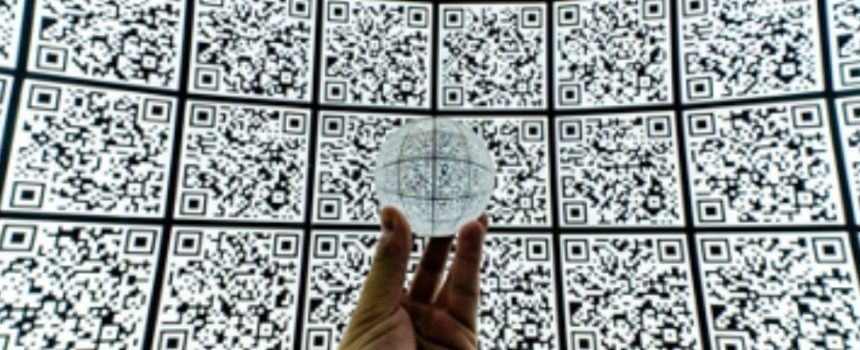Even before COVID-19 hit the business world hard, managers wanted to be able to forecast their sales so they’d know just how much of their products they’d need to have on hand at any given time. Scaling supply to customer demand is vitally important for any kind of merchant. Unfortunately, recent world events have made it surprisingly difficult to figure out what products are going to sell and which will sit around no matter how low they’re priced.
In some cases, individual consumers have tried to stockpile certain supplies. Professional account planners have found it difficult to predict this kind of behavior. Unprecedented levels of unemployment have also made it hard for experts to forecast consumer demand for certain types of products.
That being said, new statistical analysis paradigms are helping beleaguered small business owners predict how much they can hope to sell in the coming months.
Predictive Analytics in an Uncertain Environment
Medium-sized firms have allocated an incredible amount of resources toward developing predictive analytics in recent years. While that’s helped them forecast sales for quite some time, things have drastically changed in recent months. Formulas that were developed over a period of years are suddenly inaccurate since so many consumers have changed their buying patterns to keep up with market conditions.
Modern statistical analysis paradigms are proving somewhat resilient in the face of these huge changes, however. Businesses that are used to making data-driven decisions are finding that statistical analysis software that’s worked in the past can be repurposed as long as they make sure to keep their data updated.
Toilet paper has been perhaps one of the most studied consumer goods in the last few months. Few economists were able to predict the sudden surge in purchases that occurred as a result of consumers stockpiling bathroom tissue in the hopes of avoiding pending shortages. In the process, however, this behavior inadvertently created the exact crisis conditions that shoppers were trying to avoid.
While users of sophisticated statistics software weren’t able to see this coming either, they were able to draw some interesting conclusions from new data collected from stores experiencing panic buying. Software algorithms were able to successfully predict that many shoppers would suddenly stop purchasing paper products as they ran out of room to store them. Retailers were therefore able to adjust to a small surplus, which meant they were prepared to deal with future shortages.
Small business owners are now able to use this same kind of technology to forecast their own sales as times continue to change.
Predictive Software for Small Businesses
Relatively few small business owners had taken the opportunity to monetize their data stores before all of these economic troubles put additional pressure on all participants in the economy. There’s nothing stopping them from now using this information to their advantage. In many cases, all people have to do is download a statistical package and start entering sales data from recent months.
Identifying recent patterns has traditionally been a challenge and therefore it’s a major barrier to entry when it comes to adopting a statistical sales model. However, economic changes as a result of the coronavirus pandemic has essentially allowed business owners to hit a reset button. Those who’ve never tried demand forecasting before are free to do so without restraint because only recent sales data really matters at this point.
That’s not to suggest that things are necessarily looking up because many small business owners are experiencing one of the biggest drops in sales that they’ve seen. However, demand forecasting technology can help these firms at least reduce their expenses to some degree.
Slashing Costs through Demand Forecasting
B2B sellers have relied on data analytics to figure out when the best time is to bring new products to other businesses. As companies find that many firms aren’t in a position to purchase anything, they’ve looked at sales data from recent months to see which products won’t sell in any situation.
Holding a fire sale is never pleasant, though some firms have found that it’s an easy way to recuperate at least some of the money they lost purchasing goods for sale before the pandemic modified people’s shopping patterns. They’ll have to ignore all the noise that they might run into while doing so.
As early as 2018, business leaders could have expected to run into upwards of a full 18 zettabytes of information. It’s easy to get overwhelmed considering how many new sales statistics they’re hit over the head with on a daily basis.
Those who want to see just how well or poorly their sales are going to do in the coming months will want to compare sales figures from only the most recent months. This will ensure they have a good focus on the current situation while keeping them from getting distracted with superfluous information. While it might be hard to fully predict what sales will look like after everything opens up again, this will put business owners in a good position to make a healthy recovery.











Comments (1)
this is good for sales in a time like this